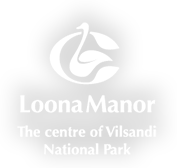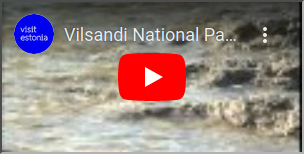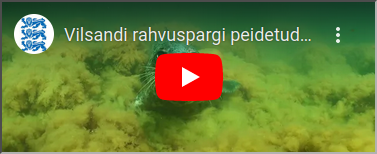Vacation in nature
Here you can hike, listen to the sounds of the nature, watch and take photos of birds and animals, familiarize yourself with the local sights and visit the island of Vilsandi and its lighthouse .
Hiking trails in the national park are long and for this reason we recommend travelling by bike. Bicycle rent is available at the Loona Manor guesthouse and island of Vilsandi at €10 per day. Bicycles can also be rented at the parking area of the Harilaid hiking trail.
Information about moving around in Vilsandi National Park and its surroundings is available at the reception of the Loona Manor guesthouse as well as at the visitor centre of the national park . The visitor centre is located at the former cattle barn and is at a short walking distance from Loona guesthouse.
In 2009 Vilsandi natinal park successfully participated in the competition „The Undiscovered Treasures of Estonia. Tourism and Protected Areas". During the competition a film was made:


